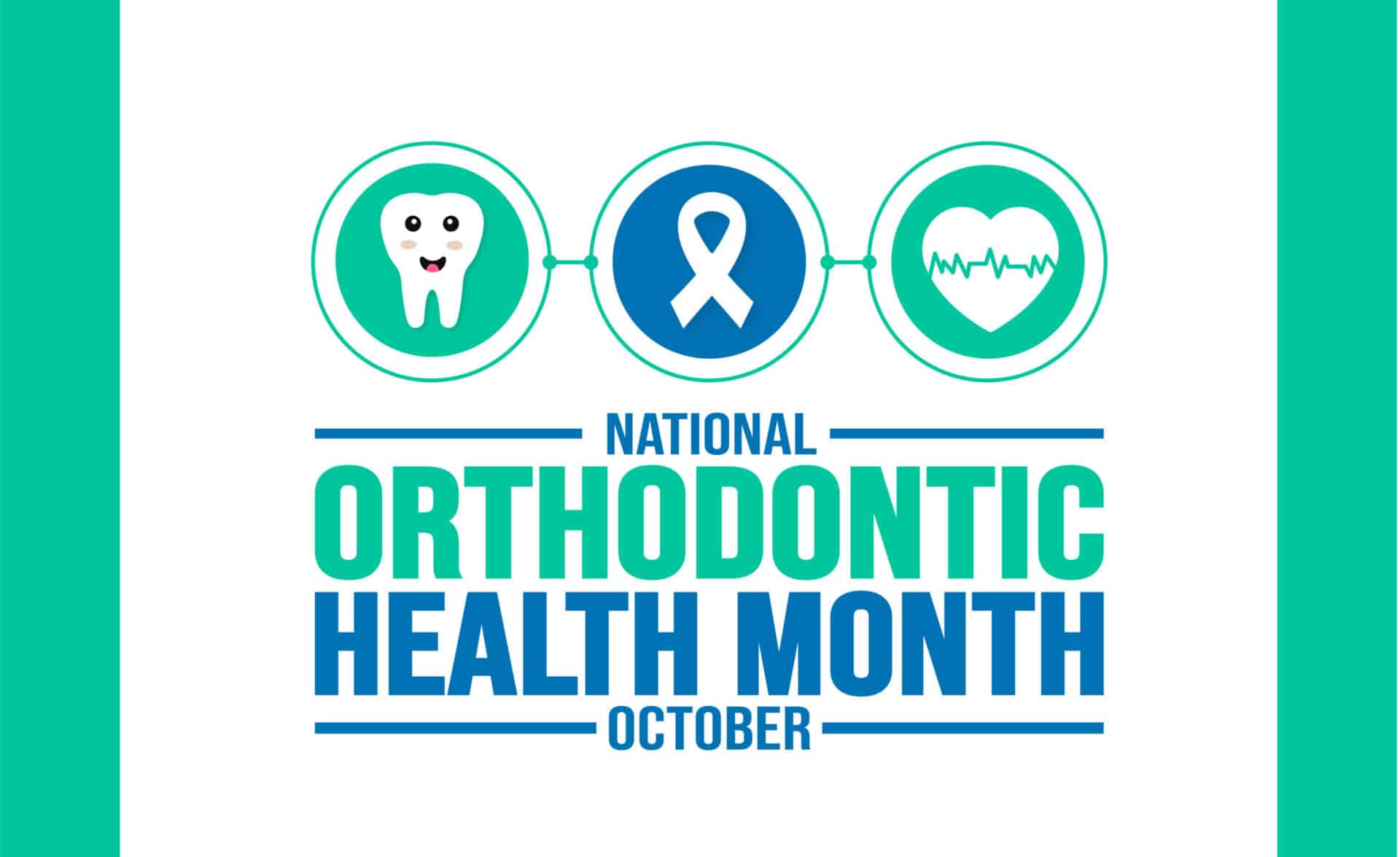In today’s world, we have access to information on just about anything at our fingertips. But sometimes that can be a double-edged sword! When you’re researching medical, dental, or orthodontic issues, it can be hard to know which resources are reliable and which aren’t. If you’re trying to determine if, when, and what kind of orthodontic treatment your child may need, this can leave you feeling overwhelmed or confused. That’s where we come in!
At Foothill Orthodontics, we provide the trusted information you need to help you understand what a long-term plan for your child’s orthodontic care might look like. If you’ve been searching for clear, concise, and expert facts from a qualified orthodontic source, keep reading below.
The first step in any orthodontic journey
When it comes to ensuring oral health for your child, the first step should be scheduling an orthodontic evaluation with our office. There’s no minimum age for a child to have their first visit with our office, but the American Association of Orthodontists does recommend that all children have an orthodontic consultation by around the age of seven. By this stage in their development, most kids will have a mix of permanent and baby teeth. An examination will give us the chance to find, diagnose, and treat many common dental issues before they can cause more serious problems.
This kind of early intervention is important because it can also reduce the need for more intensive orthodontic treatment at a later age. By being proactive rather than reactive, we can ensure children get the orthodontic care they need at the most optimal time and in the most optimal manner.
Phase I Treatment
You already know that all children grow at different rates, and their smile is no different. The best age to begin orthodontic treatment will vary from case to case. The AAO recommends early examinations because this allows us to determine how and when a child’s specific problems should be treated for maximum improvement with the least amount of time and expense. We refer to this early intervention as Phase I treatment, and it can achieve results that may be unattainable once the face and jaws have finished growing later in a child’s life.
Children sometimes exhibit early signs of jaw problems as they grow and develop. For example, an upper and lower jaw that is growing too much or not enough, or one that is too wide or too narrow can be recognized at a relatively early age. When children over the age of seven have these jaw discrepancies, they will often be candidates for the first phase of orthodontic treatment.
Because children grow so rapidly, they can benefit from treatment like this that is interceptive, or preventative. Phase I treatment helps a child’s jaw develop in a way that can better accommodate all the permanent teeth. It can also improve the way the upper and lower jaws fit together. This method of treatment has numerous benefits, including an improved ability to bite, chew, and digest food more effectively. Phase one treatment can also reduce the risk for tooth damage due to crowding, misalignment, or malformed jaws.
How Phase I treatment works
Generally, Phase I treatment will include using fixed or removable orthodontic appliances for a period of several months to correct poor jaw growth, create space for developing teeth, and help the facial muscles to develop normally. It may take place in one or both jaws. If you’ve noticed any of the following in your young child, Phase I treatment may be recommended following an orthodontic examination by Dr. Chandler or Dr. Anderson.
- Protruding upper front teeth (overjet)
- Severe crowding
- Lower teeth in front of upper teeth (underbite)
- Severe overlapping of the front teeth (deep bite)
- Front teeth that don’t overlap (open bite)
For patients who demonstrate a clear need for early intervention, Phase I treatment gives us the opportunity to:
- positively influence jaw growth
- harmonize the width of the dental arches
- improve eruption patterns
- decrease the risk of trauma to protruding upper front teeth
- correct or eliminate harmful oral habits
- improve aesthetics and self-esteem
- simplify or shorten treatment if later orthodontics are needed
- reduce the likelihood of impacted permanent teeth
- improve certain speech problems
- After Phase I Treatment
- After Phase I treatment has been completed, all appliances will be removed. Following this, we will observe the child every 4-6 months to monitor the eruption of their permanent teeth. Retainers may be recommended during this observational period.
Treatment in this phase contributes to longer-term stability, which means that the teeth will stay in whatever position our doctors guide them to. However, the majority of Phase I patients will still eventually benefit from Phase II treatment. The second phase of treatment will continue the stabilizing process by moving the teeth into their final optimal positions. This will often require upper and lower braces or an aligner system to finalize the bite correction.
Creating a custom smile for your child with Foothill Orthodontics
Here at Foothill Orthodontics, you won’t find any “one size fits all” treatment plans! We know that every smile is different, and what works for one child won’t always work for one another. Dr. Chandler, Dr. Anderson, and the rest of our talented team will customize a treatment plan for your child based on their specific needs and goals.
We’re proud to offer the highest-quality orthodontic care to patients of all ages in SLC, and would love to meet you and your family! If you have a child who is ready for their first orthodontic evaluation, get in touch with us today to schedule an appointment. This is the perfect time to take the first step towards a healthier smile for your child!




